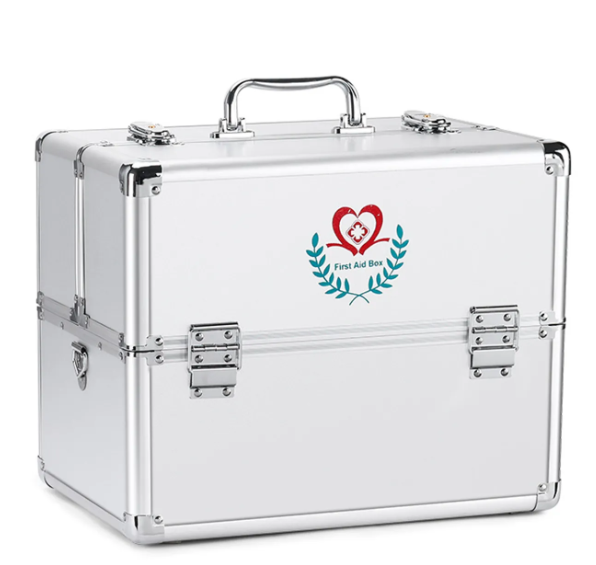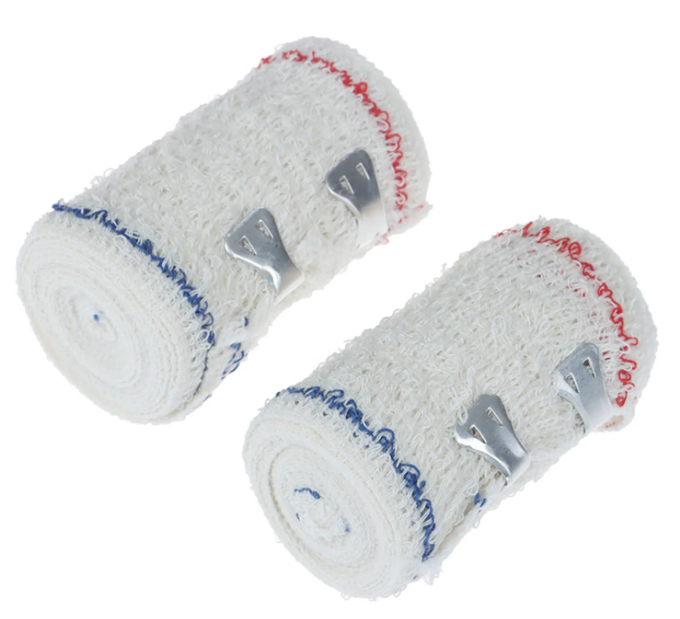
GET A QUOTE
What Items Should Not Be Kept in a First Aid Box?
A well-stocked first aid box is essential in every home, workplace, and vehicle. It's the first line of defense against injuries and emergencies. However, knowing what should not be kept in a first aid box is just as important as knowing what should be included. In this article, we will explore the essential items that do not belong in a first aid box, ensuring your kit is both effective and safe
Understanding the Purpose of a First Aid Box
A first aid box is designed to provide immediate assistance in the event of an injury or emergency. It typically contains items like bandages, antiseptics, pain relievers, and medical gloves. The goal is to stabilize the injured person until professional medical help can be reached. Given its critical role, it’s crucial that only appropriate items are kept in this box to avoid confusion and potential harm during an emergency.
What Should Not Be Kept in a First Aid Box?
Prescription Medications
Prescription medications, including antibiotics and controlled substances, should not be kept in a first aid box. These medications are specific to individuals' health conditions and can be dangerous if used without proper medical guidance. Furthermore, the presence of such drugs can lead to misuse or theft, especially in communal or workplace settings.
Expired Products
Any expired products, from bandages to antiseptic wipes, should be removed from your first aid box. Expired items can lose their effectiveness and, in some cases, may even become hazardous. Regularly check the contents of your first aid box and replace expired items promptly.
Bulky Items
Large, bulky items like splints or heavy-duty medical equipment should not be kept in a standard first aid box. These items can make the box cumbersome and difficult to access in an emergency. Instead, they should be stored in a separate, easily accessible location.
Food and Drink
Food and drink, including energy bars or bottled water, should not be stored in a first aid box. These items can attract pests and may spill, damaging the medical supplies. While it's important to have food and water available during emergencies, they should be stored separately.
Personal Items
Personal items such as contact lenses, makeup, or toiletries do not belong in a first aid box. These items are not relevant to first aid and can clutter the box, making it harder to find essential medical supplies quickly.
Additional Items to Avoid
Flammable Materials
Avoid keeping flammable materials, such as alcohol-based hand sanitizers, in your first aid box. These can pose a fire hazard, especially if stored in a hot environment. If you need to include such items, make sure they are in small, well-sealed containers and stored in a cool place.
Sharp Objects
While small scissors and tweezers are necessary, avoid keeping large sharp objects like scalpels or knives in your first aid box. These can cause injury if not handled properly. Keep any necessary sharp items well-secured in the box.
Heavy Glass Containers
Heavy glass containers can break easily and pose a risk of cuts and contamination. Opt for plastic or metal containers that are more durable and safer in emergency situations.
The Importance of Proper Storage
Proper storage of your first aid box is crucial to ensure its effectiveness. The box should be kept in a cool, dry place away from direct sunlight. This helps to preserve the integrity of the medical supplies. Additionally, the box should be easily accessible, yet secure enough to prevent children or unauthorized individuals from tampering with it.
Additional Tips for Maintaining Your First Aid Box
- Regular Inspections: Conduct regular inspections of your first aid box to ensure all items are in good condition and not expired. This will also help you stay familiar with the contents, which is important during an emergency.
- Clear Labeling: Clearly label your first aid box and its contents. This makes it easier for anyone to find what they need quickly, especially if they are unfamiliar with the box.
- Education and Training: Educate family members or coworkers on the location and proper use of the first aid box. Basic first aid training can be invaluable in an emergency.
What to Include in a First Aid Box
While it's essential to know what should not be kept in a first aid box, it’s equally important to ensure it is well-stocked with appropriate items. Here are some essentials that every first aid box should include:
- Bandages and Dressings: Various sizes of adhesive bandages, sterile gauze pads, and adhesive tape.
- Antiseptics: Antiseptic wipes, hydrogen peroxide, or alcohol swabs.
- Medications: Over-the-counter pain relievers like aspirin or ibuprofen, and antihistamines for allergic reactions.
- Tools: Tweezers, scissors, safety pins, and a digital thermometer.
- Protective Gear: Disposable gloves and a face mask.
- Emergency Information: A list of emergency contact numbers and a basic first aid manual.
Preparing for Specific Scenarios
Depending on your location and lifestyle, you might need to tailor your first aid box to specific scenarios. For example:
- Outdoor Activities: If you enjoy hiking or camping, include insect repellent, a snake bite kit, and a whistle.
- Travel: A travel-specific first aid kit should include motion sickness tablets, anti-diarrheal medication, and travel-size hygiene products.
- Workplace: In an office or industrial setting, ensure your first aid kit includes items relevant to workplace injuries, such as burn treatment supplies and eye wash solution.
Conclusion
A first aid box is a vital resource in any setting, but it must be carefully curated to ensure its effectiveness in an emergency. By avoiding the inclusion of prescription medications, expired products, bulky items, food and drink, personal items, flammable materials, sharp objects, and heavy glass containers, you can maintain a first aid box that is organized, accessible, and ready to use when needed. Regular inspections, proper storage, and education on its use are also crucial in maximizing the utility of your first aid box.
When it comes to choosing a first aid box, quality and reliability are paramount. This is where RisenMedical stands out. As a leading manufacturer of high-quality first aid kits, RisenMedical ensures that each box is stocked with essential, up-to-date medical supplies, making them an excellent choice for homes, workplaces, and vehicles. Their first aid boxes are designed to be user-friendly, durable, and comprehensive, providing peace of mind in any emergency situation. Invest in a RisenMedical first aid box to ensure that you are always prepared to respond quickly and efficiently, potentially saving lives and reducing the severity of injuries.


